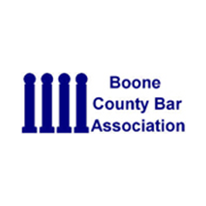The filing of a bankruptcy petition creates an estate which includes all the debtor’s property as of the date of filing. Chapter 7 stands alone as the procedure that provides exclusively for liquidation (reduction to cash) of property of that estate (net of liens and exemptions ) by a trustee, payment of administrative expenses and distribution of any remaining funds to unsecured creditors, rejection of undesirable contracts and leases, and ultimately the discharge of dischargeable debts.
Currently, about 70% of consumer debtors file under chapter 7. Historically, the vast majority of chapter 7 cases (about 95 to 97 percent) yield no assets for creditors. Evidently, debtors who file under chapter 7 seldom lose any property to creditors.
If the debtor demonstrates eligibility to proceed under this chapter, refrains from fraud, makes full disclosure and otherwise complies with the requirements of the Code, the court is sure to grant him or her discharge; and, once the case has been fully administered, it will be closed.





